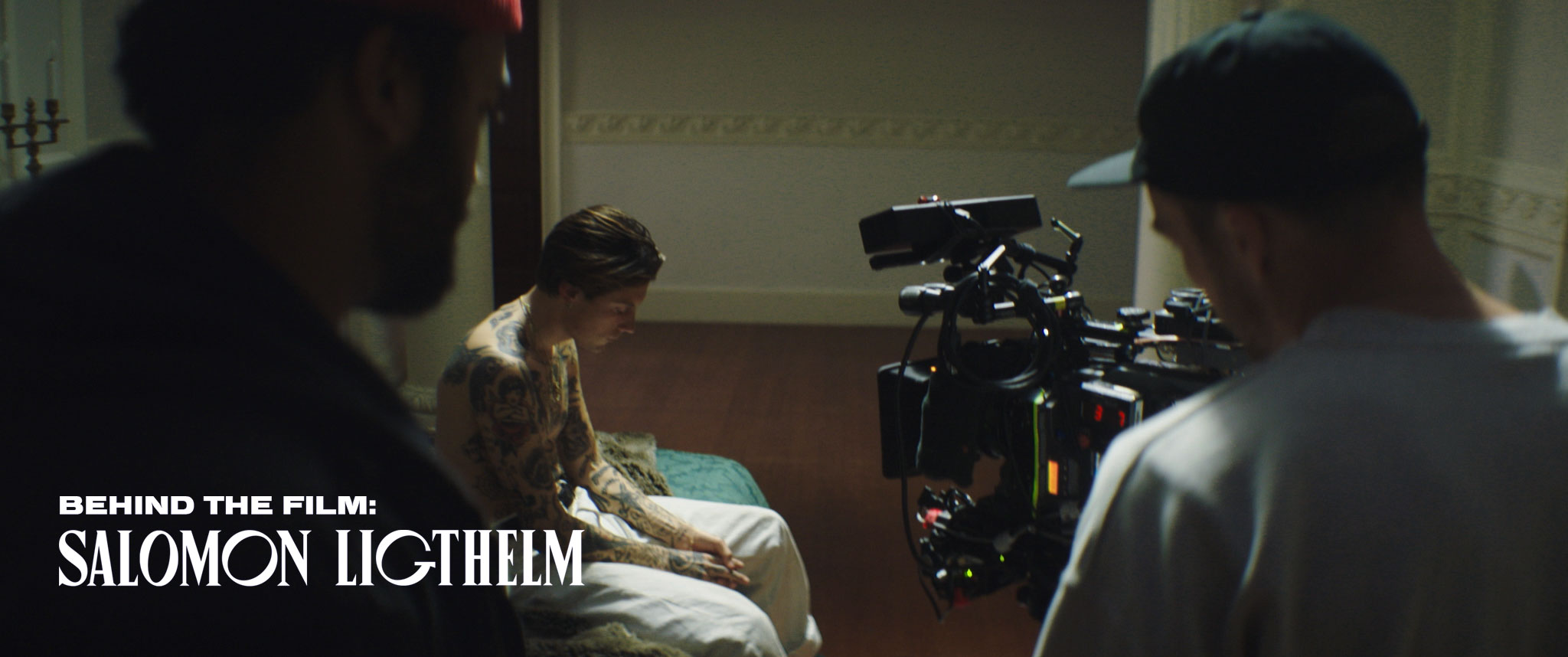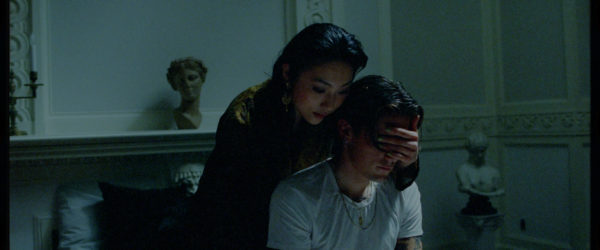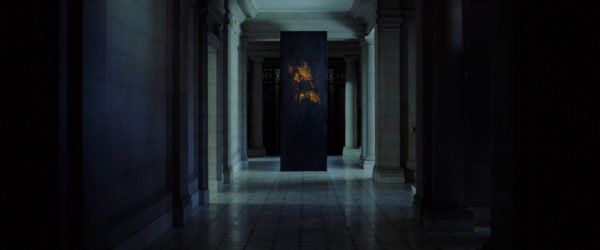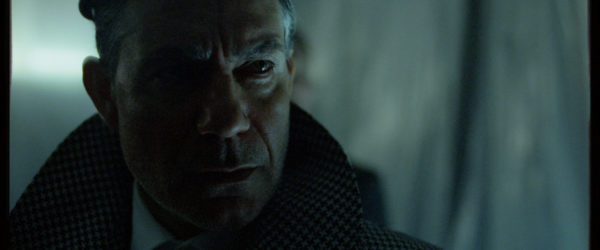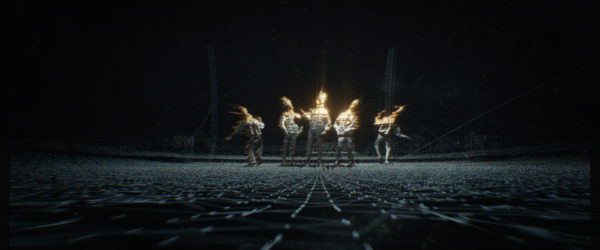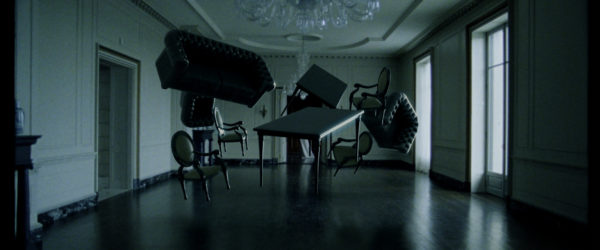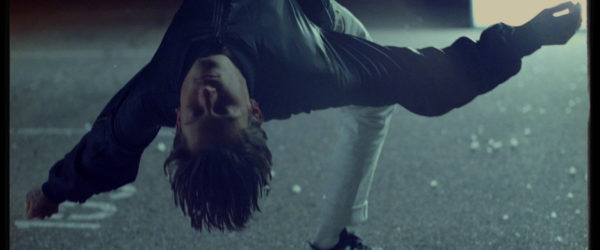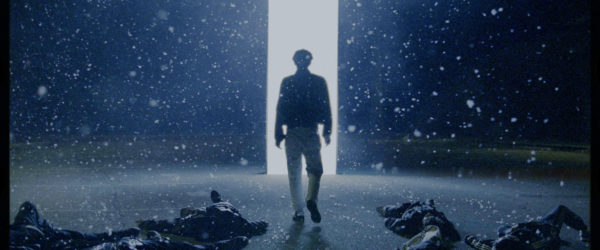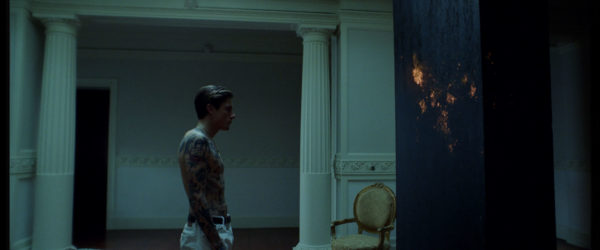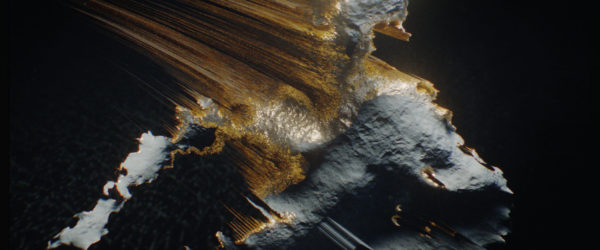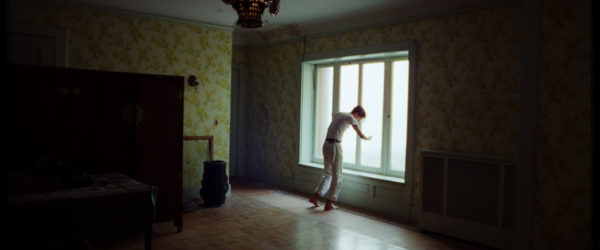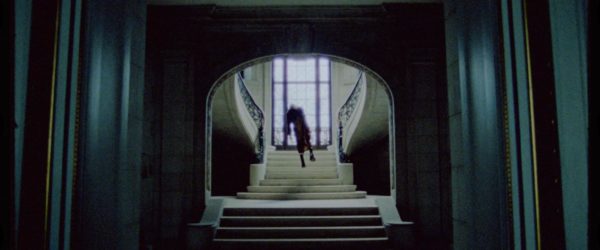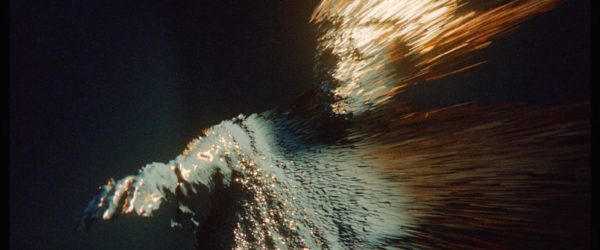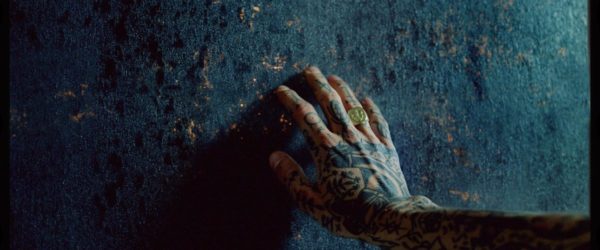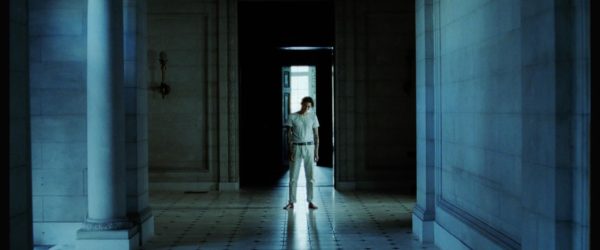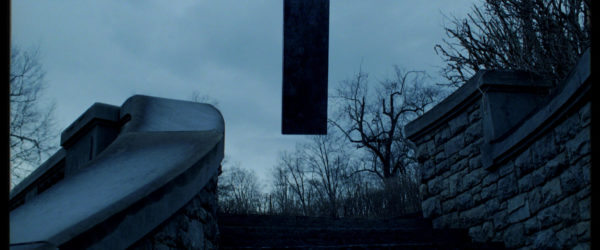Directing the Abstract: The Process Behind Salomon Ligthelm’s Latest Music Video
Director Salomon Lightelm is known for striking, unique visuals in his films. His latest release, the music video for ‘Easy’ by aYia, is no exception.
In this project he delves into the interaction between an ominous, monolithic being and a young man as he slowly loses his mind — and grasp on reality. Salomon brought this abstract concept to life in a mesmerizing, impactful way. We had him talk us through the experimental process that yielded this mind-bending music video.
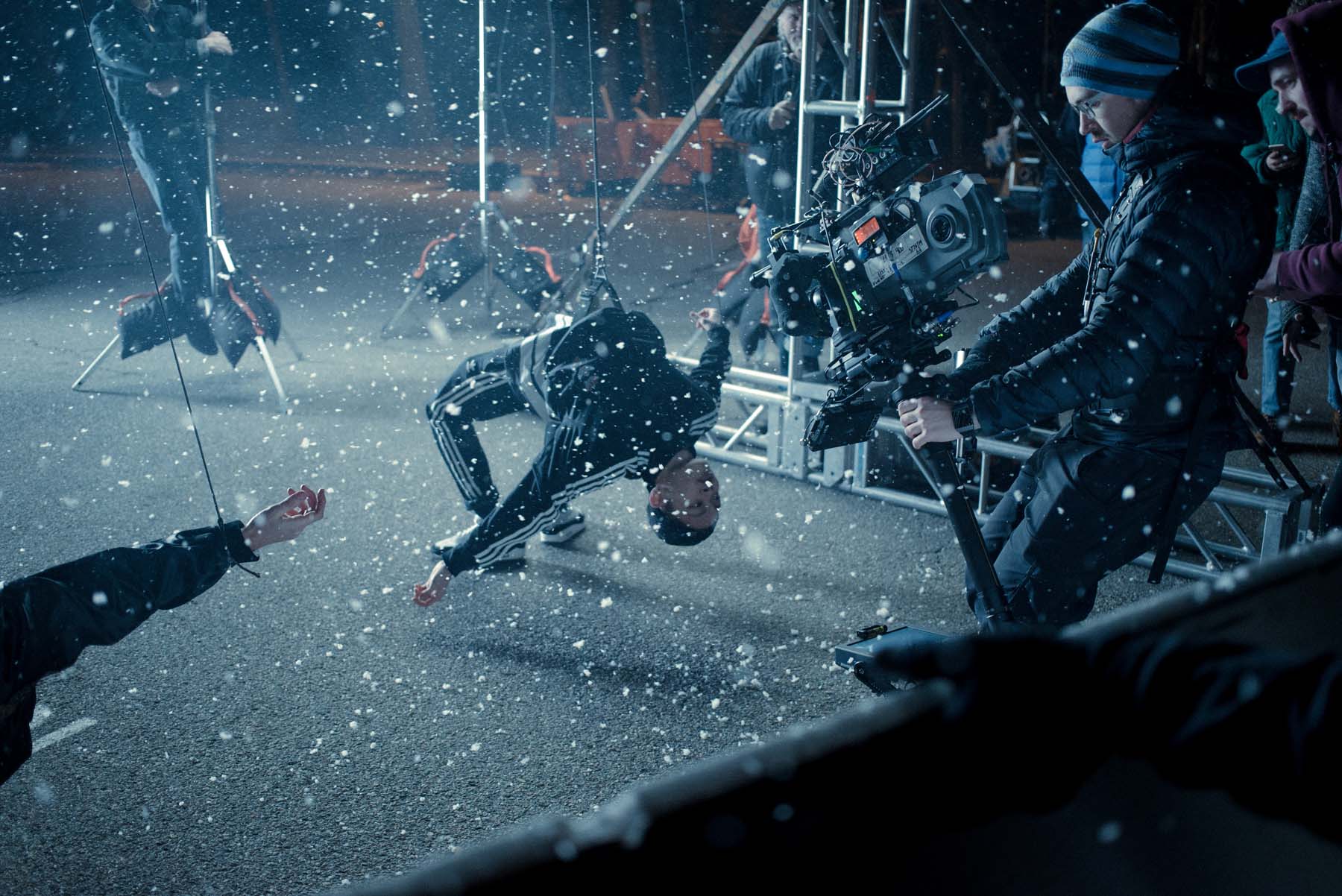
Filmsupply: How did you come up with the idea for this film?
Salomon Ligthelm: With this project in particular, the song gave birth to the idea. I remember the first visual that came to mind was this floating orb or monolith – I felt it would be interesting to explore the relationship of this inanimate object and a human being by going literarily exploring the film from two contrasting POVs – between the POV of a human, and that of this monolithic being.
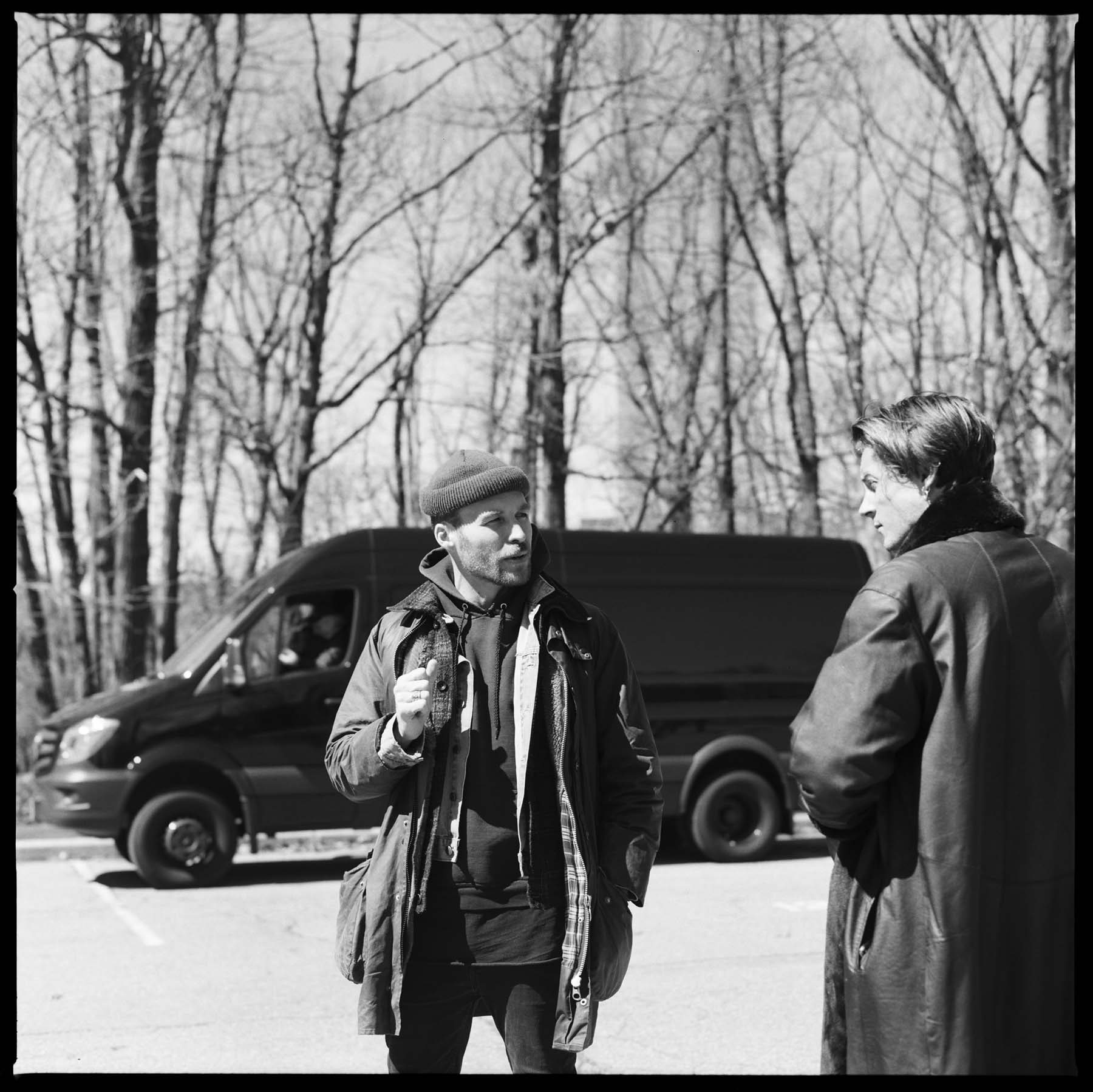
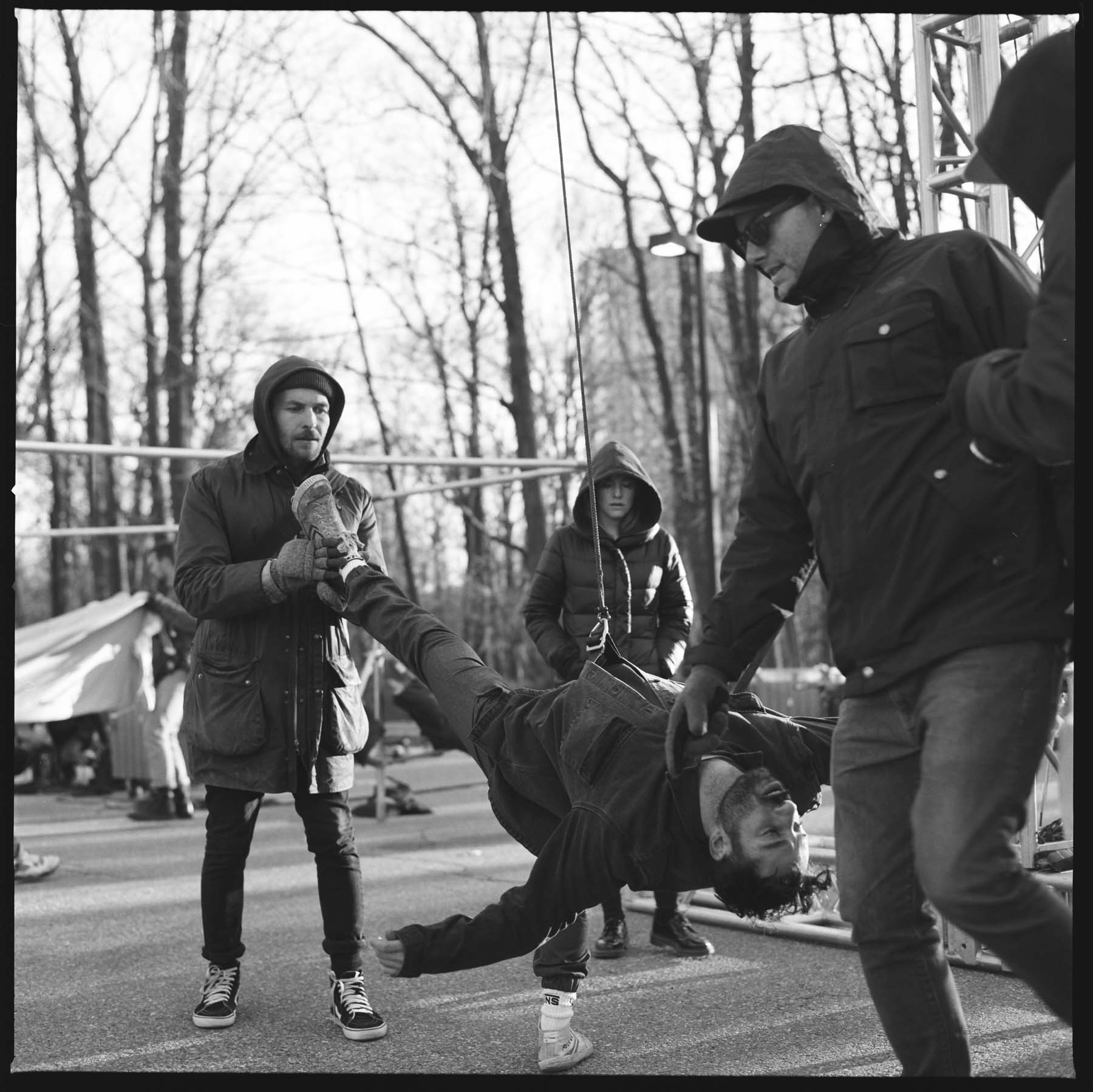
What was the process like from there?
Early on, I typically start with a brain dump. I get all my random ideas out on a page and end up with these top-line ideas. Then I write a script to various sections of the track, and that’s where I try to organize the ideas in a way that makes narrative or conceptual sense. With this film, the more I looked at it (especially in the edit) the more the thematic underpinning became clearer and clearer. I recognized that I was essentially exploring the Ancient Narrative – the Adam and Eve story – the story of the Tree of the Knowledge of Good and Evil – the Forbidden Fruit – that Tempting Icon. It like an allegory for our relationship to its modern incarnation – our devices, our golden calves. It has the promise of connection and transcendence. But it’s a mirage at best – corrupting and distorting – yet with unknowable power over us – in its attraction and it’s promise of how it might enrich our lives. It’s a bad replica – and today with everything that’s happening around us, we are extremely aware of its deficiencies – it’s inability to replace the REAL. It’s a love-hate relationship. What we crave – it can’t fully give us. Connection and transcendence has to be experienced in the seen, felt, and heard of real human contact.
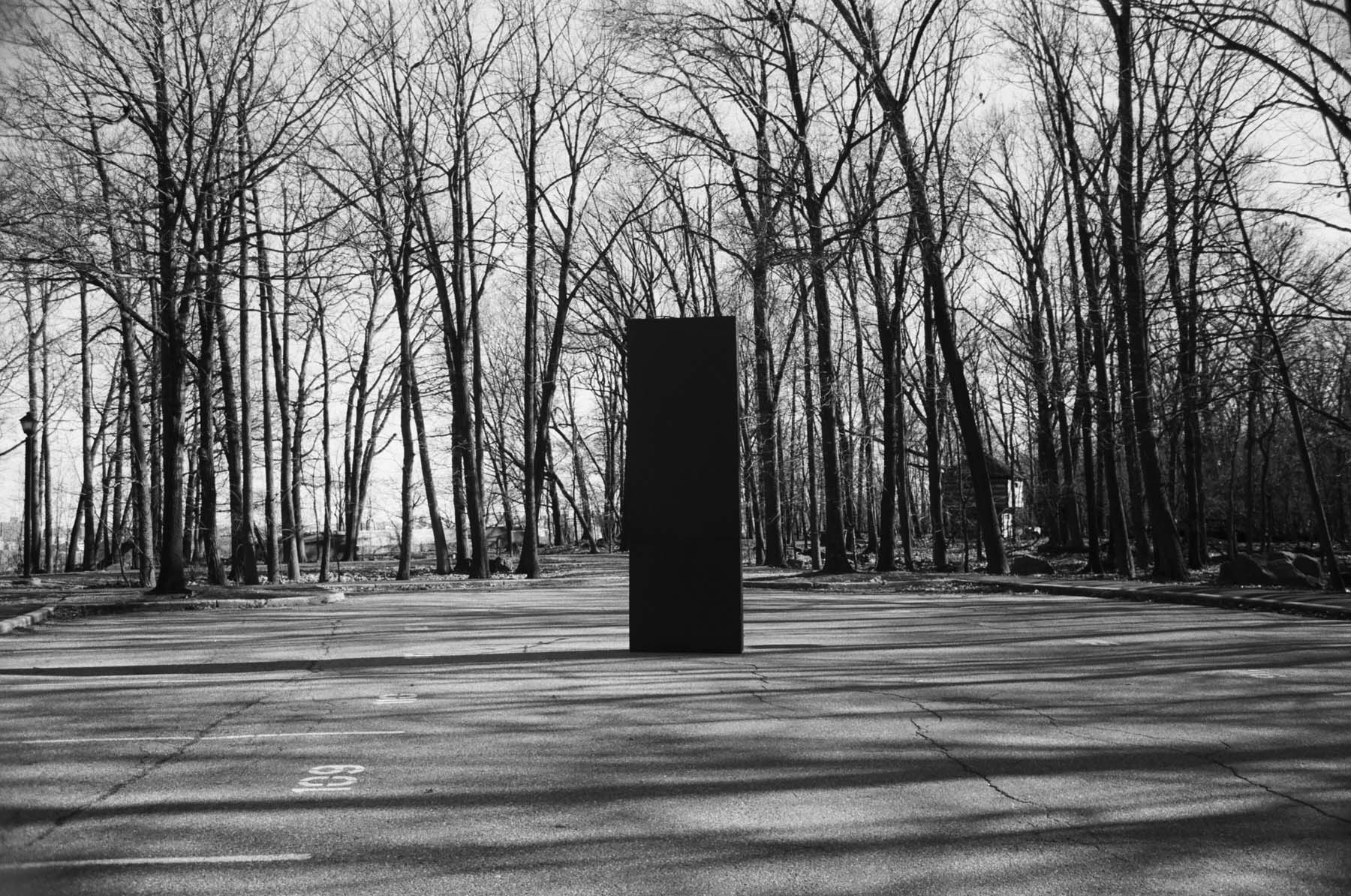
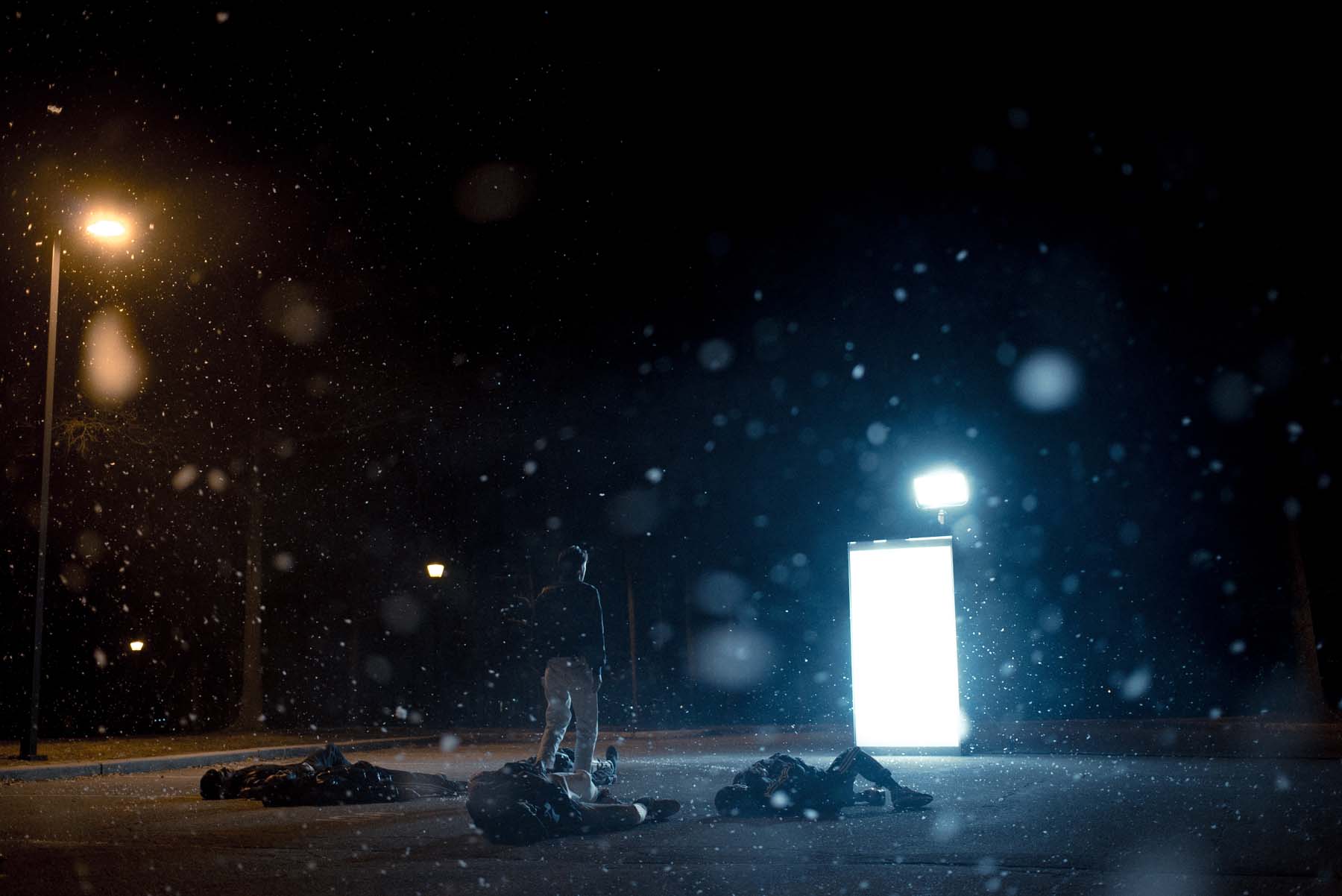
How did you create the Monolith POV?
We used a few different tools. One thing I knew was that it would be black and white and that it would look largely like a wire-frame render. How that was interpreted aesthetically, that was kind of up for grabs…and that was where we needed to do some iterative exploration.
It was a process of experimentation. Even though there were clear jumping off points, we ended up employing a mix of 3D and 2D animation, and leaning into 3D performance technology called Depthkit. We’re using a lot of different things. We used photogrammetry to scan the whole interior of that house and that became the backdrop of the shots of the Monolithic POV. The characters were in motion, so capturing their performance via photogrammetry or LIDAR wouldn’t work because those technologies only work for capturing static environments or objects. So we leaned quite heavily into Depthkit to help bring life to those weirder POV shots.
We knew the monolith exterior would have this gold glow – its way to communicate, and that glow became the connective tissue for what would be the POV imagery and the monolith glowing itself. Initially, the monolith was just supposed to glow gold and the POV was just supposed to be black and white. But It felt like there was a little bit of a disconnect between the POV and the monolith exterior glowing shots, so we added the gold, and it helped us to create that connection. Again – it was a very iterative process.
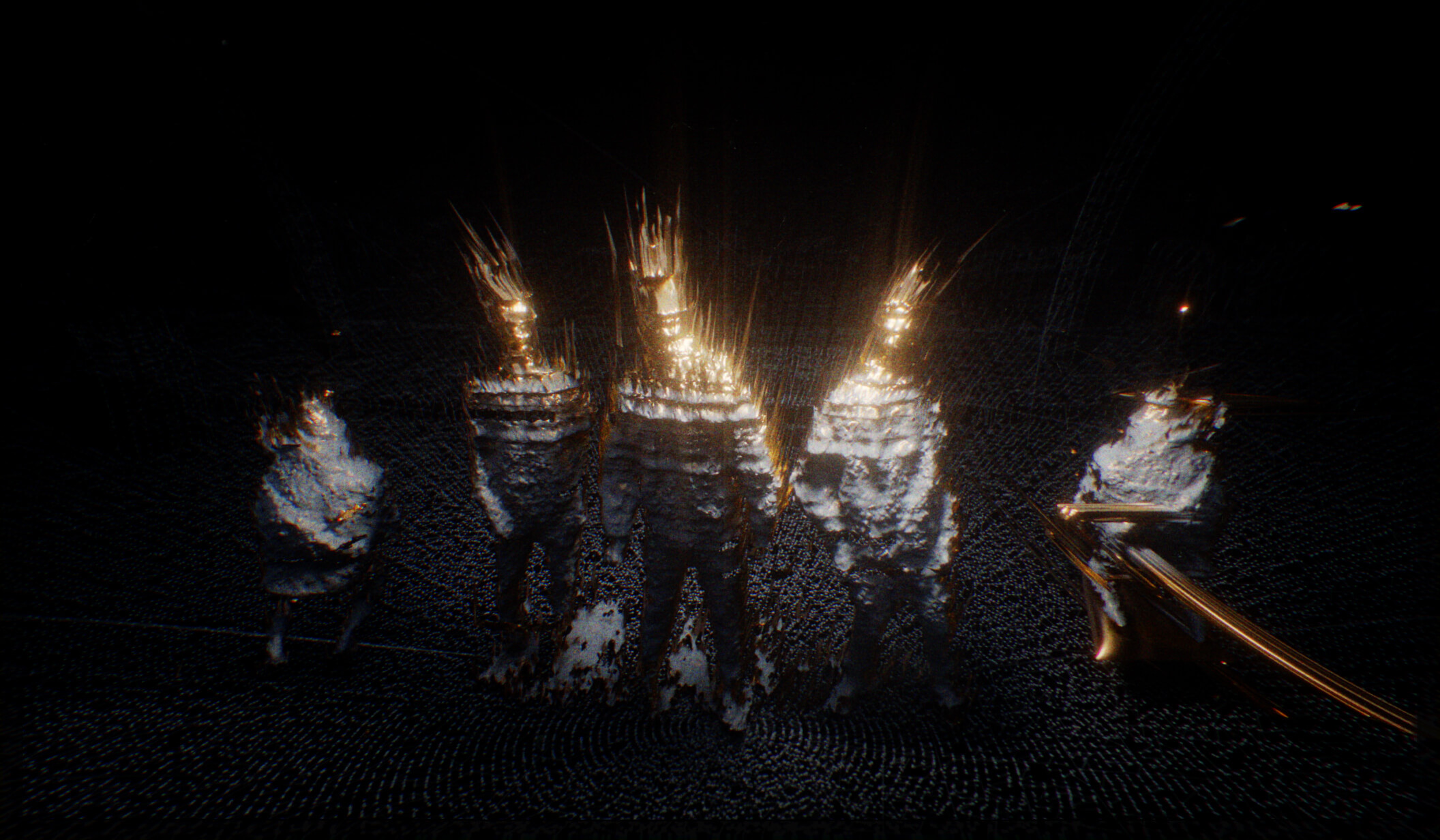
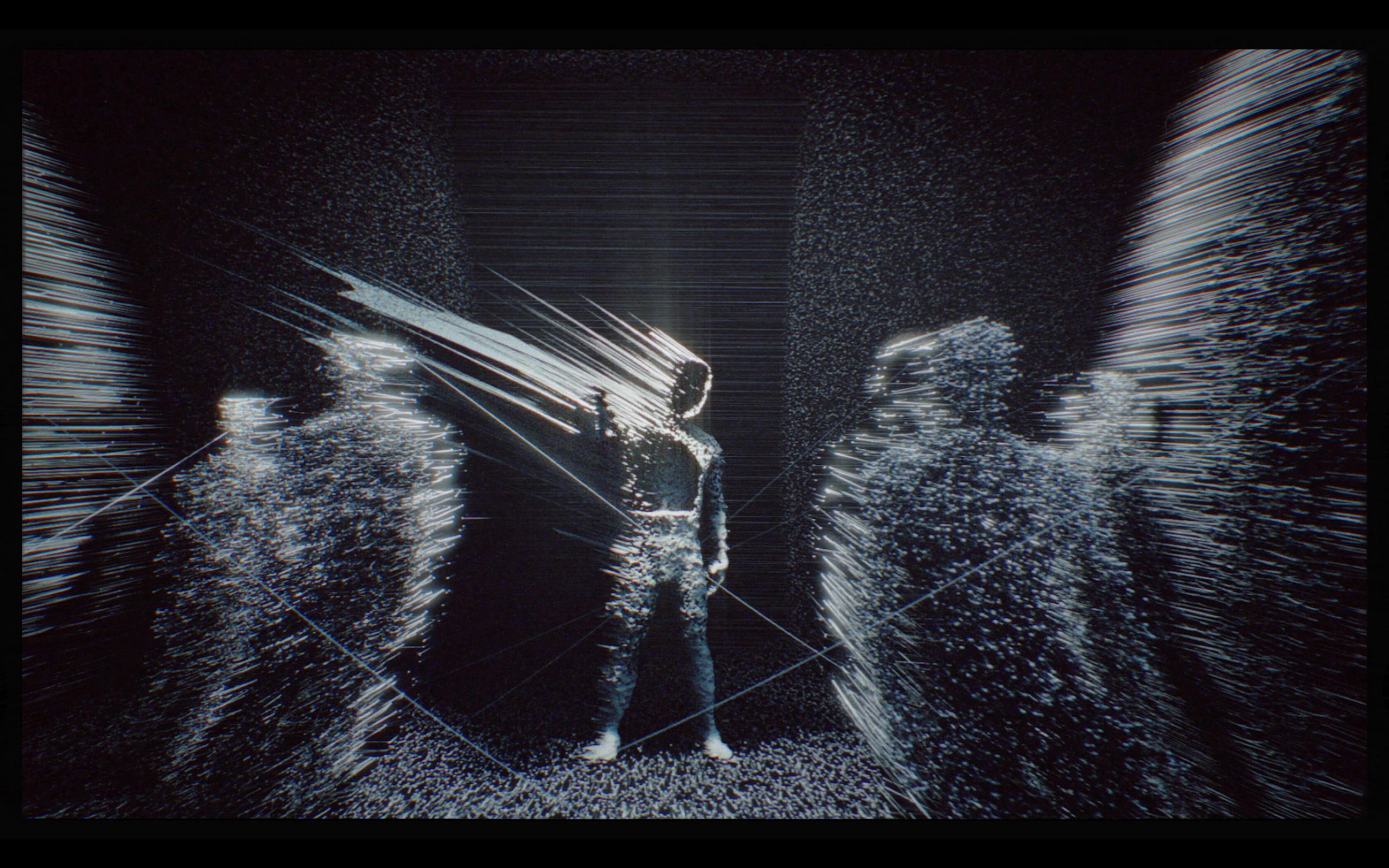
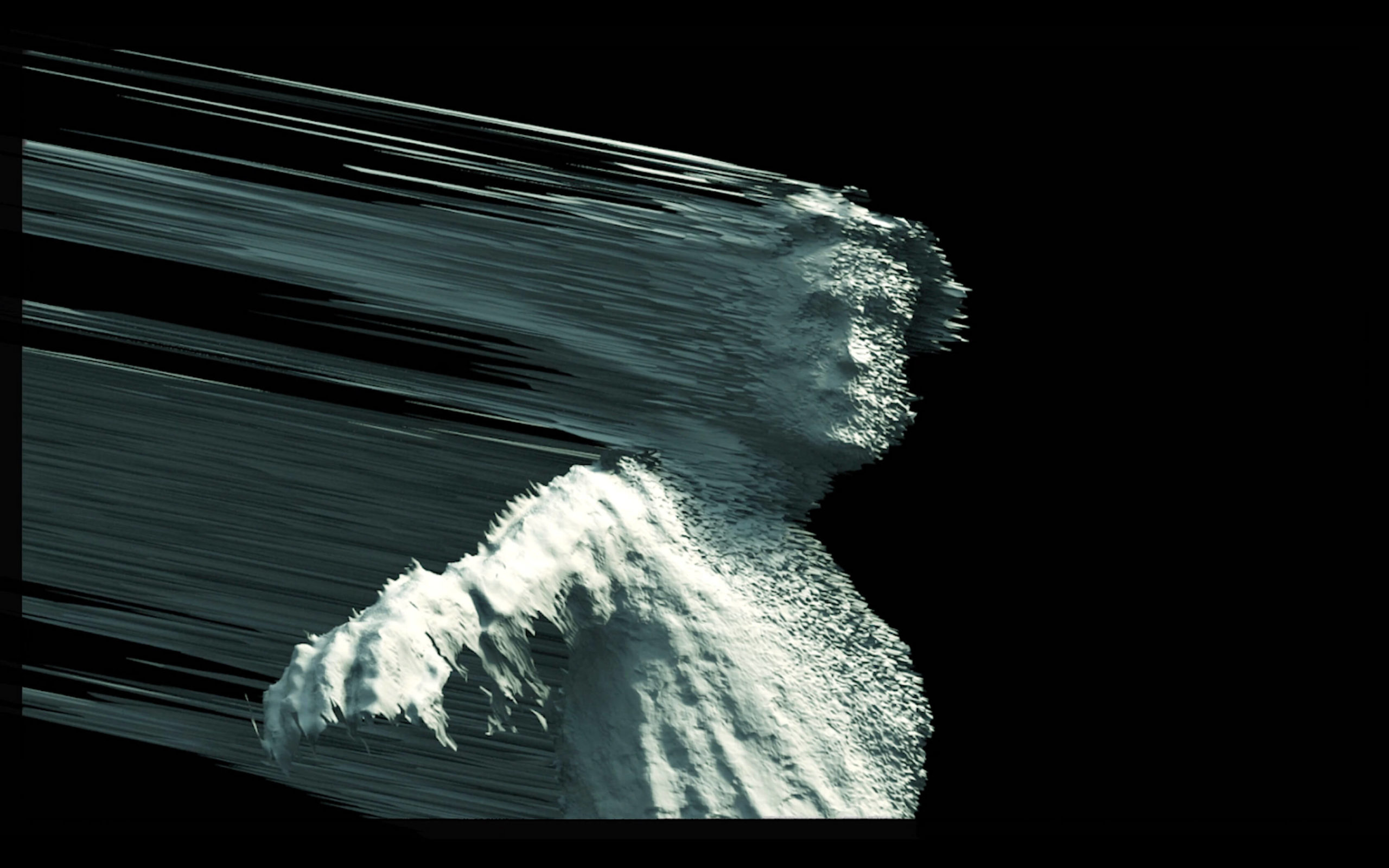
Did the iterative VFX work affect the edit?
The process can definitely be tough, but its also really fulfilling when you land something fresh. I had to turn it over many times before I got to something that felt like it was connecting. The really, really tricky thing with this is that there were just chunks missing. It wasn’t, “Oh this is a plate, something’s going to go there.” Nah – it was just black holes with no plates, no temp shots…so that was a challenge.
I spent so much time trying to reshuffling or re-organizing the edit pieces. Basically I was re-shuffling things up till the day we graded it. I was still trying to figure out what the best dynamic movement of this thing was. First, it’s so abstract, and second, a lot of those abstract moments (especially in the POV stuff), is completely CGI. They speak to each other and they speak in a cross-cutting sense, but they’re not within themselves, telling a linear story. Because of that, there’s quite a bit of room to play and re-organize things. That’s been the challenging thing about this particular edit, but also the rewarding part of when it starts to click.
There’s a shot where the main character is standing alone in the big hall and the world starts to become the black and white POV with the gold. Originally this was just going to be a hard cut, but it felt like it might be hard to make that connection. So I just put it in the edit and faded between the two shots. It was a very crude move/transition, but it ended
What is the value of these types of projects for you?
I think it’s so much more about the process with personal work than it is about the product. It’s about experimentation. Doing something you haven’t really done before. I wanted to explore a different kind of visual and conceptual idea, and I wanted to lean on images to tell story and evoke feeling, as opposed to a VO, or any explicit lyrics doing that.
It’s been fun having a relatively large group of people behind the project because it’s meant that I could really pull on a bigger community of people to help in all areas of production and post-production. I’m so grateful for all of it — but especially for the time and effort that Artjail put into this project – they are the unsung heroes of this one! I know they were balancing their schedule with other projects and bringing people on to do this one, not easy to do in a seemingly shrinking commercial landscape.
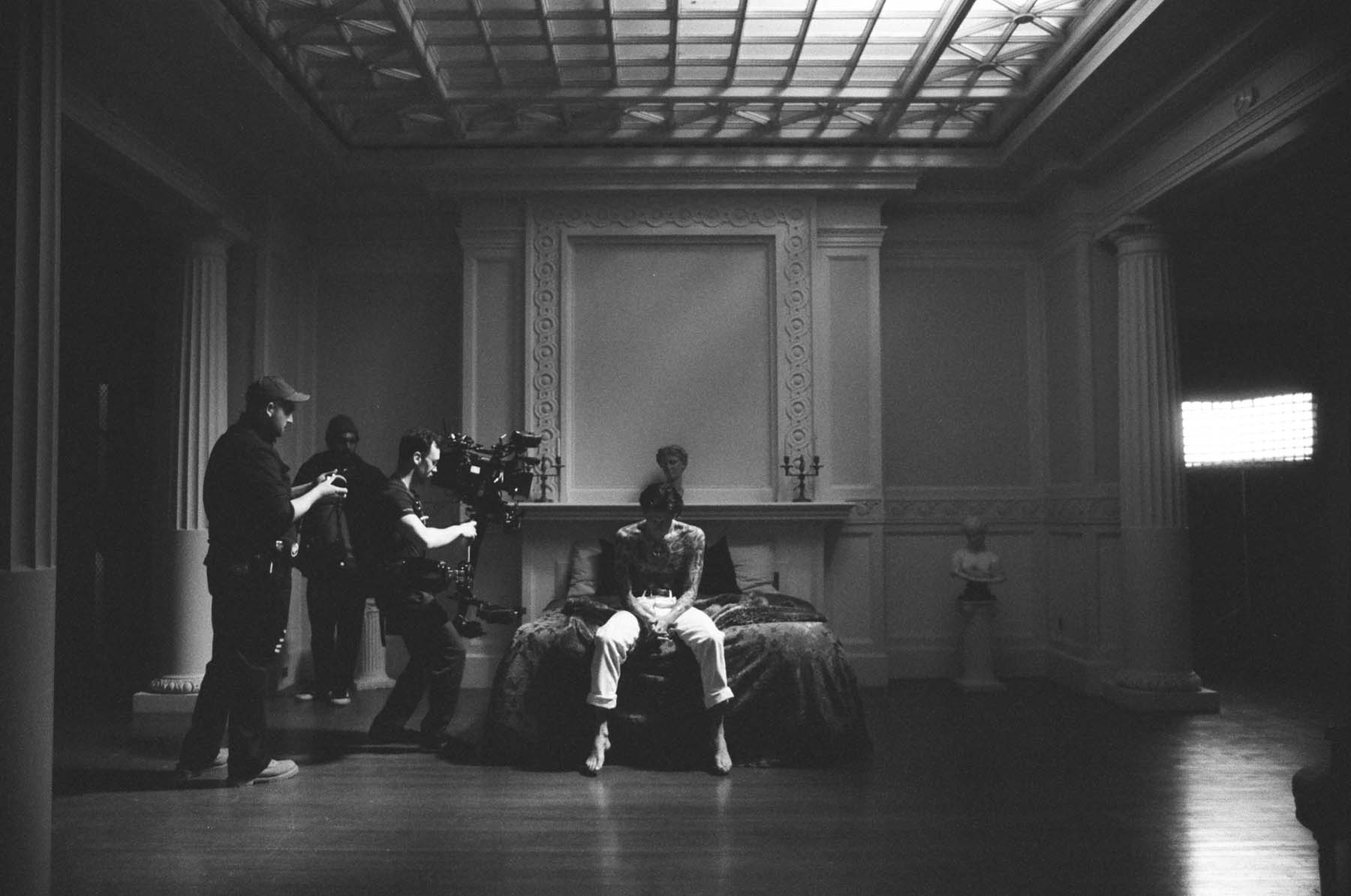
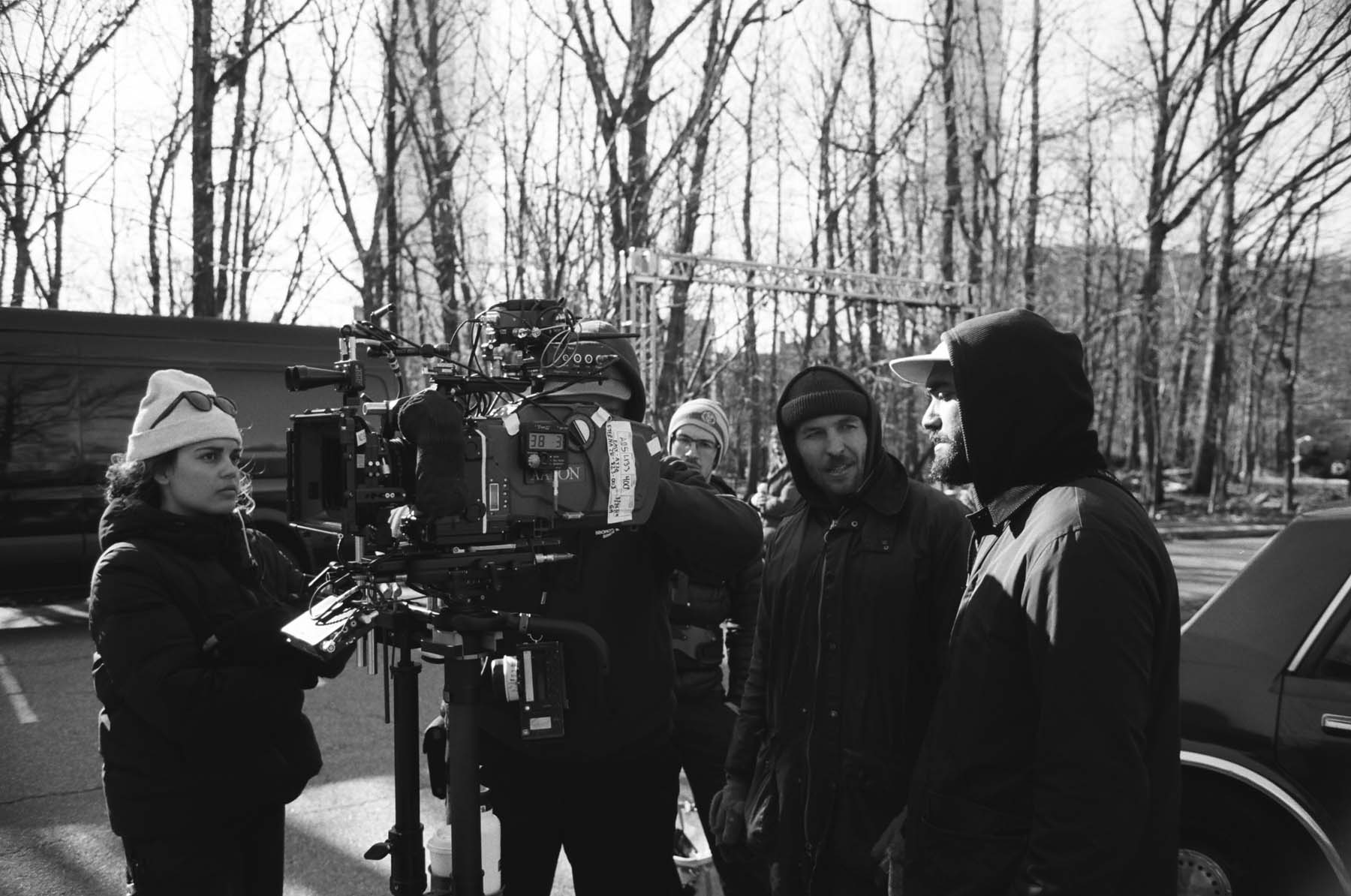
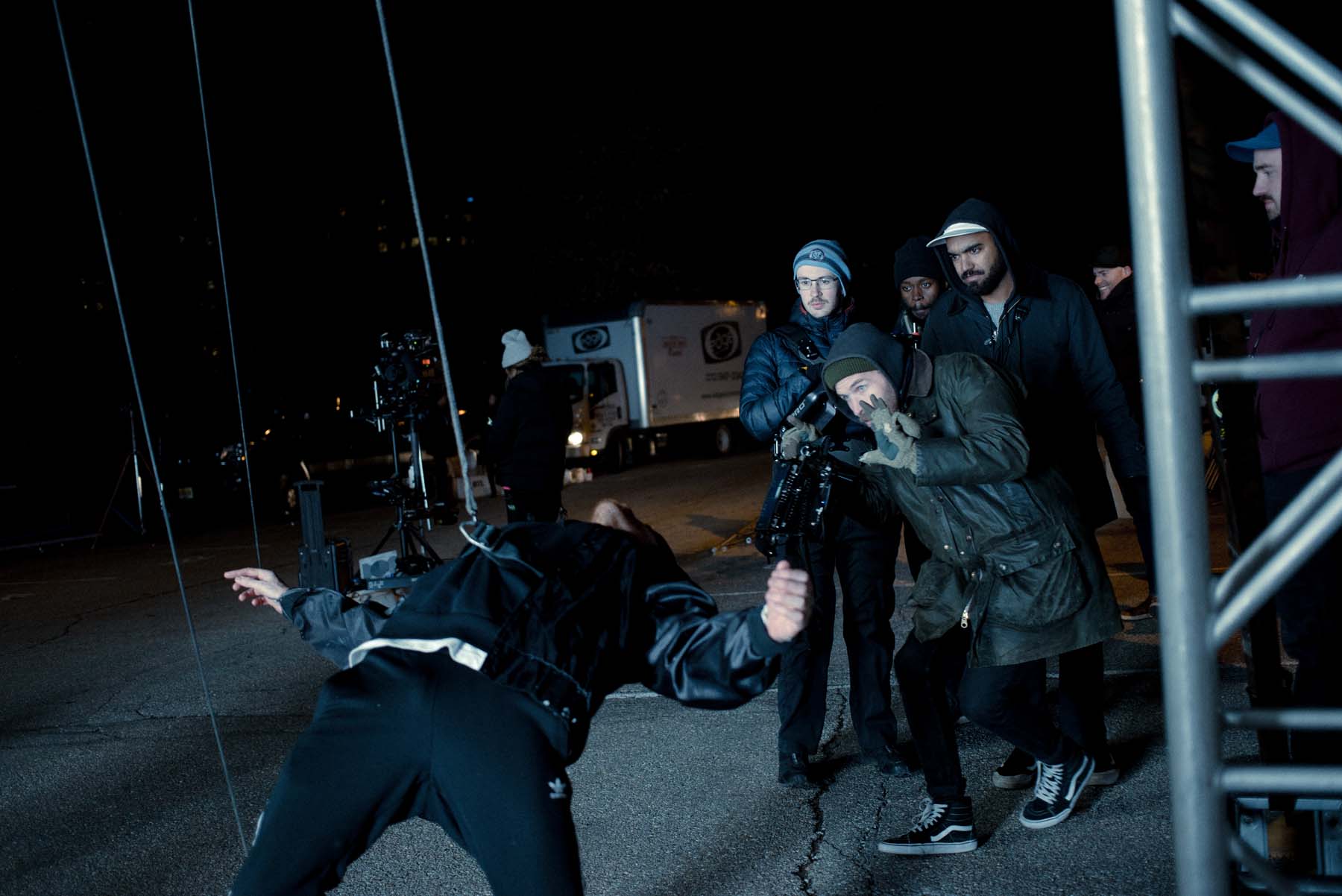
What’s Next?
I want to keep doing something different. Right after I shot Medicine, which is sincere and heartfelt, I did Mr Martyr, which was aggressive and violent. I like holding tension in my work. I’d probably want to do something comedic, or super intimate and sweet. But honestly, I just want to go shoot my feature now – Let’s see what happens post-Covid – it’s anyone’s guess.

